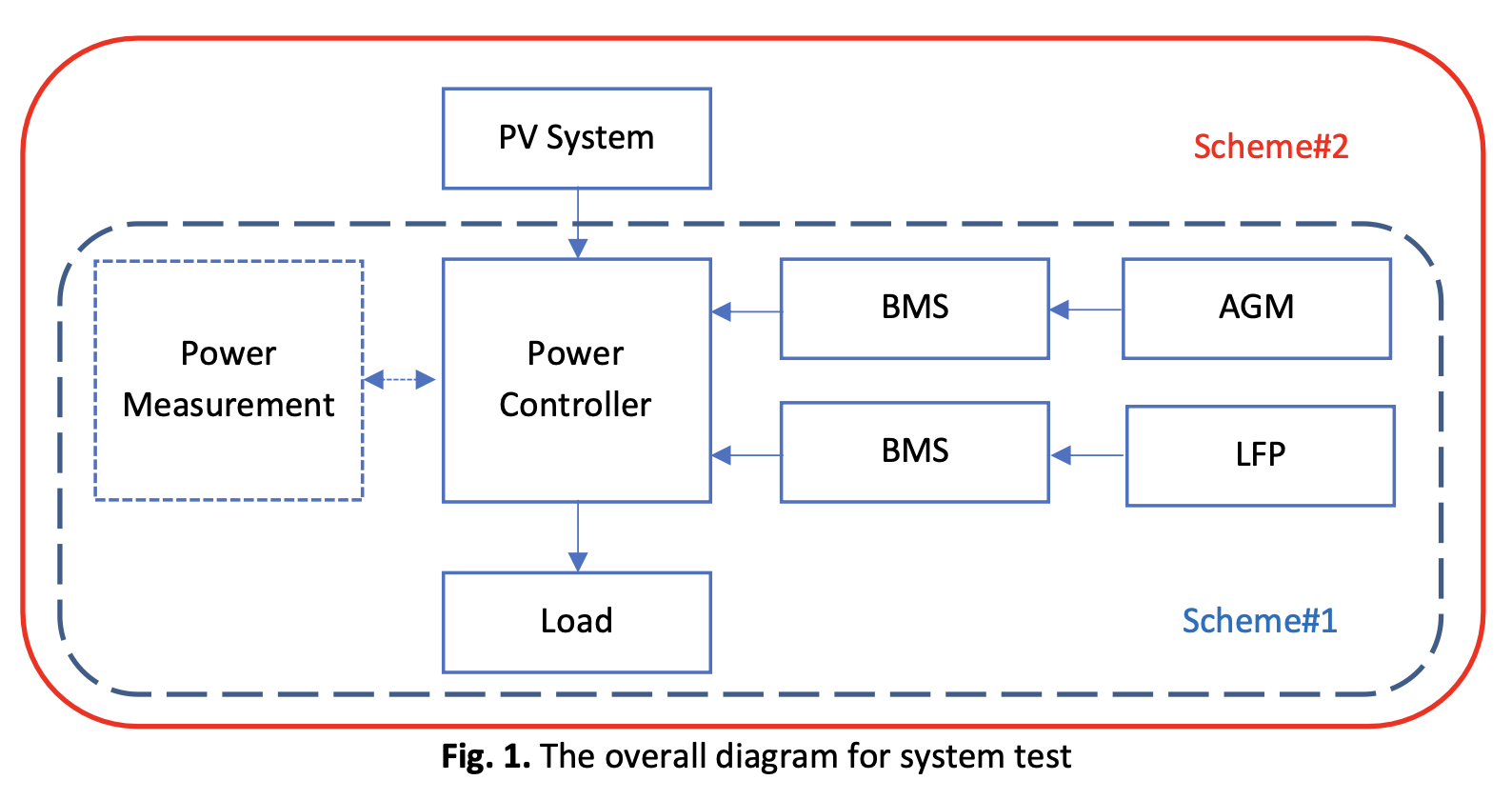The Study of Usable Capacity Efficiency and Lifespan of Hybrid Energy Storage (Lead-Acid with Lithium-ion Battery) Under Office Building Load Pattern
DOI:
https://doi.org/10.37934/arfmts.98.2.6779Keywords:
Hybrid energy storage, usable capacity, lifespan, lead acid battery, Li-ion batteryAbstract
One of the greatest practices in energy management is the Energy Storage System (ESS). ESS can be used for renewable energy control as well as peak shaving in the build-up of a Smart Grid. The cost of a lithium ion battery is more than 200 percent greater than that of a lead-acid battery, which is a significant barrier to project start-up. This paper focuses on the use of a hybrid energy storage system that includes a lithium-ion battery and a lead-acid battery. This work presents the hybrid energy storage using lithium-ion battery and lead-acid battery to reduce costs of the project. However, usability that requires high current power supply considerably affects the usable capacity of a lead-acid battery. Results showed that the ratio 68.63: 31.37 was the most suitable among 7 ratios, compared to the model building installed a 50kW solar power generator on the rooftop, in the worst case scenario when the batter have 85% DoD per cycle. The EOL for hybrid energy storage is about 4 years lifespan with the 0.5C and 0.2C for LFP and AGM respectively. In terms of economic evaluation, hybrid energy storage could initially reduce the project cost by 47.5%.
Downloads

































